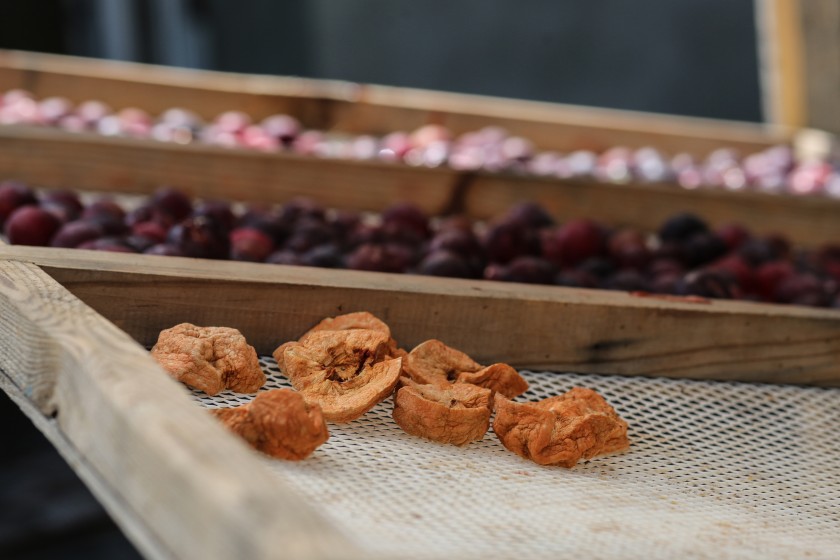
Fostering Alternative Tourism: Family Opens Dried Fruit Workshop in Byurakan
Amalia Margaryan
Poghos Hovhannisyan founded a dried fruit workshop- Chir’s House Guest Center - in Byurakan three years ago. Ever since, the family has been busy preparing the Armenian delicacy.
Poghos says that apart from dried fruit production, they also want to turn the center into a must stop for tourists visiting the famous Byurakan astronomical observatory nearby.
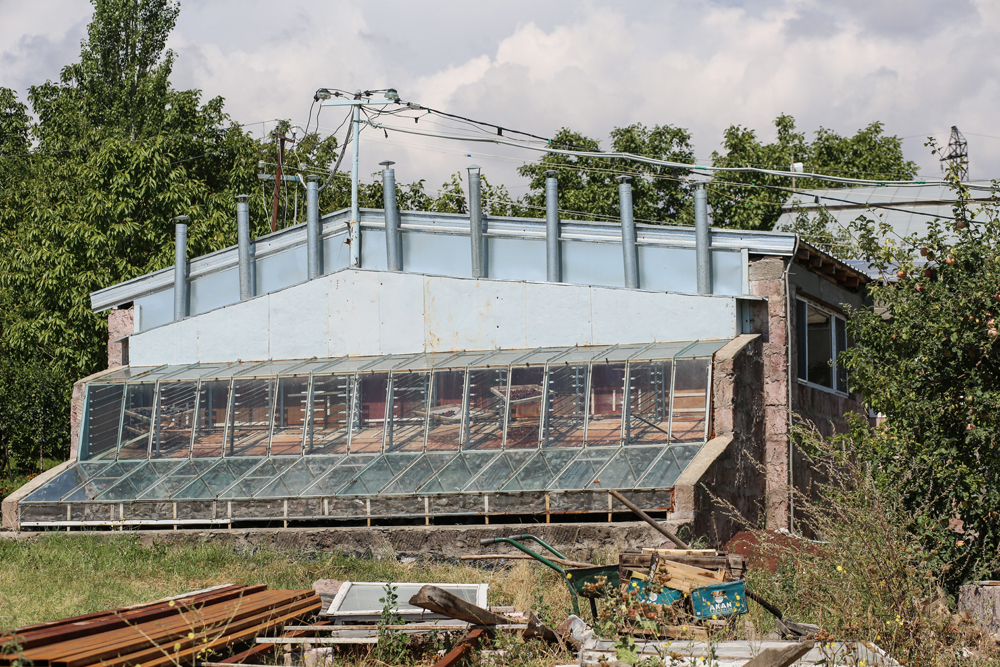
While in the area, tourists can drop by Chir’s House, roll up their sleeves, and participate in the production work – picking the fruit, removing the pits, and slicing the fruit.
Chir’s House sits on a site that was previously a garbage dump. Cleaning the garbage, the family founded an orchard.
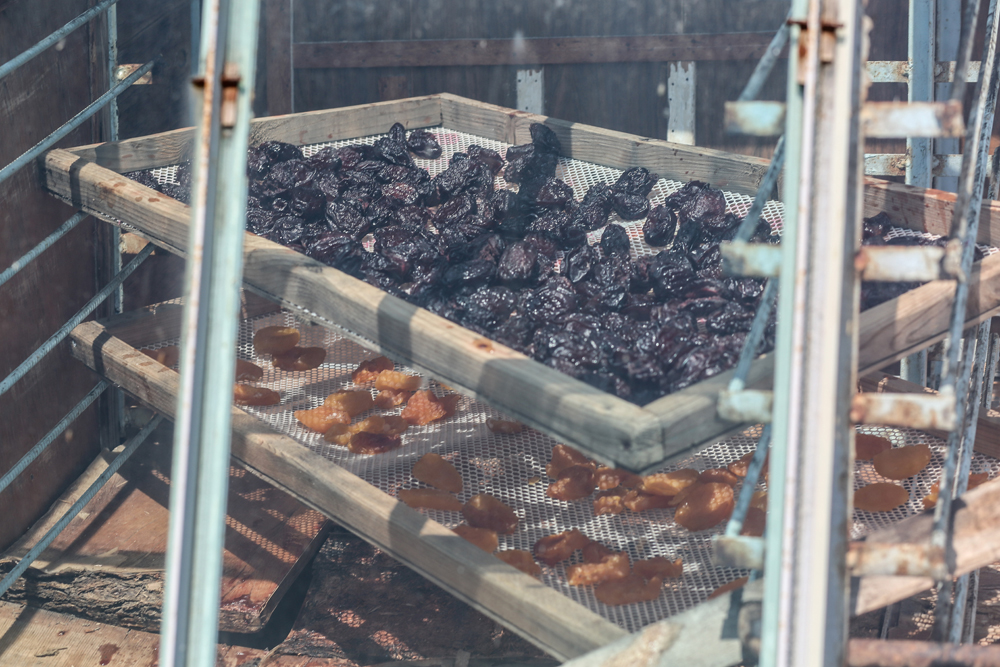
During the peak four-month season, the family prepares dried fruits from plums, peaches, apricots, and cherries. This year, the family has already prepared 500 kilograms of dried fruit.
It’s mostly consumed in Armenia, although tourists also buy dried fruits to take with them.
The rays of the sun and obsidian stones, which accumulate heat and speed up the drying process, are used to dry the fruit.
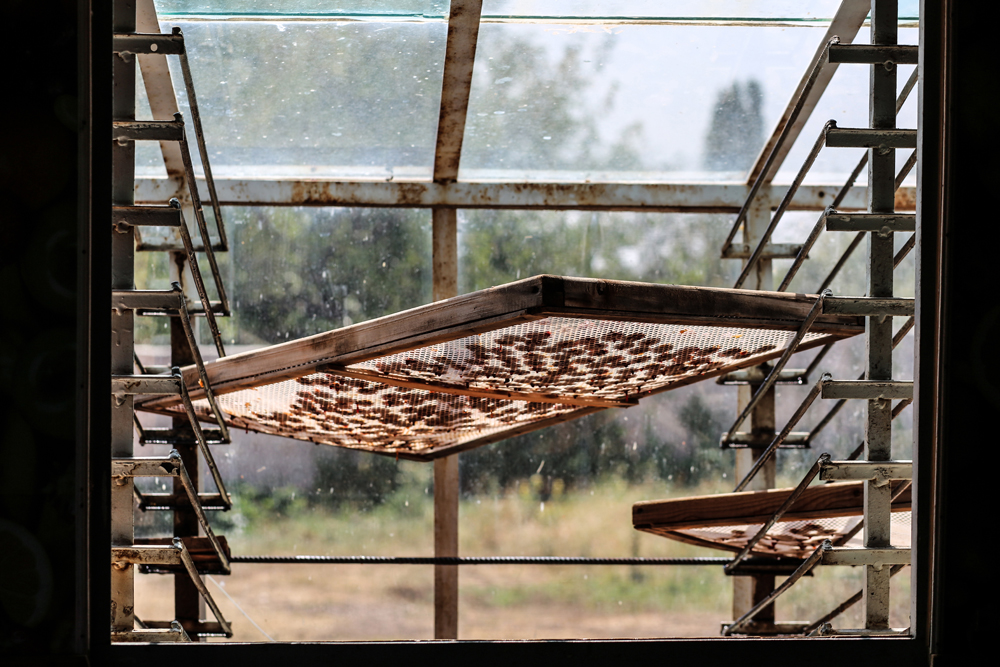
At the time of our visit, the workshop staff was preparing dried plums by removing the pits. Packaging was underway on another table. Wooden boxes used for packaging are made by neighbors.
"It is important that it’s not only us getting income. We also help our fellow villagers," says Poghos.
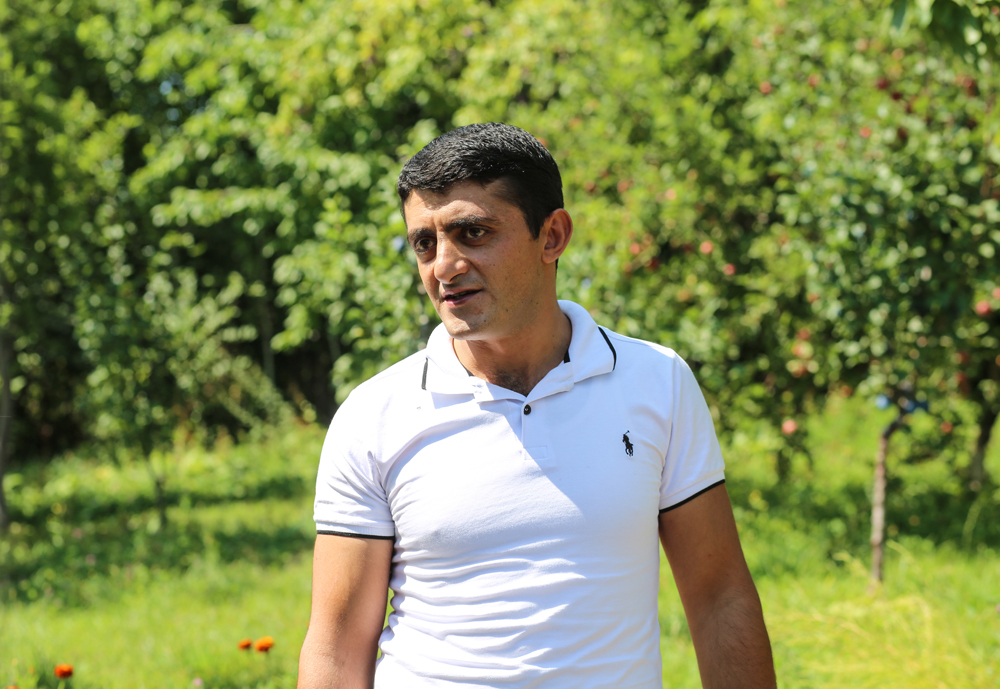
Poghos’s mother, Mrs. Tzovik, manages the production process.
"If the fruit is small, they will get darker when processed. We do not dry such fruits, but use them for sujukh," says Tzovik. (sujukh - A desert made of threaded walnuts dipped in sweet spiced fruit-syrup coating and dried. The western Armenian appellation is roejig.)
The business produces no waste. Any remaining fruit is used to make vodka.
Tzovik says small-scale farmers, of which the village has many, used to have a problem selling their produce.
“Everyone has their small plot. It wasn’t easy to sell fruit in small amounts. Now people bring 10-15 kg of fruit to us, which suits everyone,” says Mrs. Tzovik.
Organic strawberries and dried ones
The Hovhannisyans have a strawberry greenhouse next to the workshop. They built it in the autumn 2017 and use drip irrigation system for the 350 square meter greenhouse. Using solar energy, they grow strawberries all year long and also dry them. They use organic fertilizers and are going to receive an organic production certificate.
Photos and video by Saro Baghdasaryan
 Videos
Videos Photos
Photos
Comments (3)
Write a comment